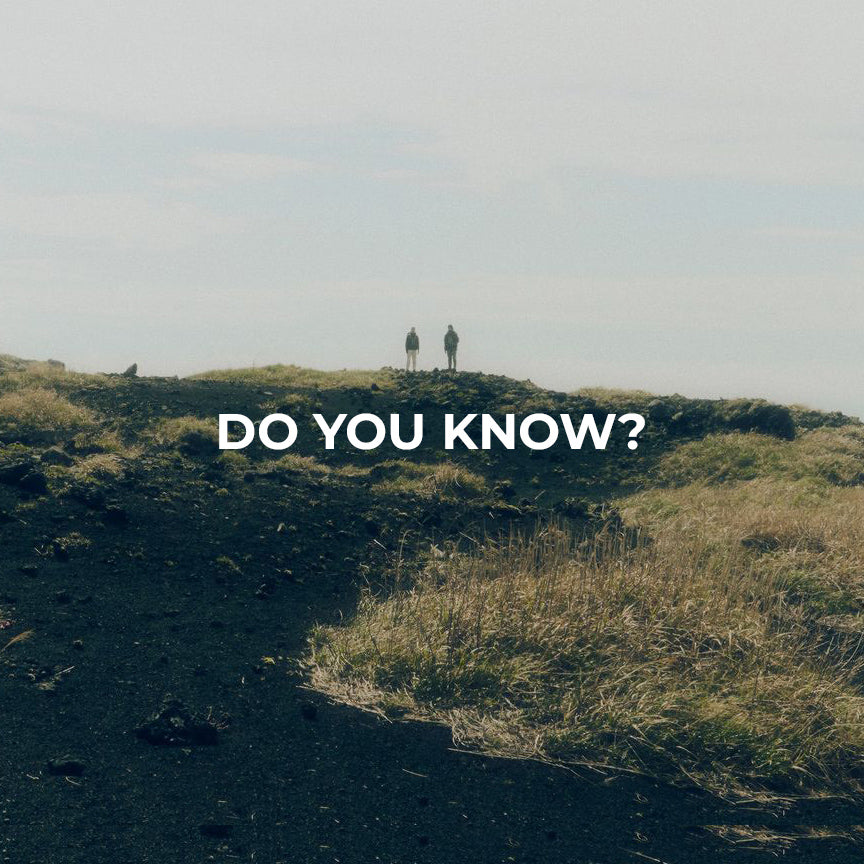
Going on a hike? Take note of these tips to avoid getting lost
1. Plan Ahead and Stay Informed
Preparation is the foundation of a successful hike. Start by researching your trail’s details—distance, elevation, difficulty level, and expected weather conditions. Some trails require permits, so ensure you secure them in advance. Check if there are any recent trail updates, such as closures or safety advisories.

The importance of having a physical map or offline GPS app as cell signals can be unreliable in remote areas. Learn to read trail markers and topographic maps to stay oriented. Sharing your hiking plan with a trusted friend or family member, including your estimated return time, adds a safety layer.
2. Pack Smart for Every Situation

Packing the right items can make your hike more comfortable and potentially save your life. A well-packed backpack should include:
- Navigation Tools: Carry a detailed map, compass, or GPS device. Digital tools are handy, but don’t rely solely on electronics as batteries can die.
- Packing Cube/Bag: Stay organized and efficient. Use packing cubes or bags to compartmentalize clothing, gear, and other essentials. This not only makes items easier to find but also helps distribute weight evenly.
- Safety Supplies: A basic first aid kit should include bandages, antiseptic, and any personal medications. Add a whistle and a flashlight or headlamp for emergencies.
-
Food and Water: High-energy snacks like nuts, energy bars, and dried fruits are lightweight and easy to carry. Bring enough water and a filtration system or purification tablets if you’ll need refills along the trail.
Pack your gear efficiently, distributing weight evenly to prevent strain on your shoulders and back. Use waterproof bags or liners to protect items from unexpected rain.
3. Dress the Part

Your clothing should be suitable for the terrain and weather. Start with a moisture-wicking base layer to keep sweat away from your skin. Add insulating mid-layers, such as fleece, to keep warm in cooler temperatures, and finish with a waterproof and windproof outer layer to shield against the elements.
Proper footwear is crucial. Choose hiking boots or trail shoes that offer support and grip appropriate for the terrain. Break them in before your hike to avoid blisters. Pair your boots with high-quality socks made of wool or synthetic materials to prevent discomfort and reduce moisture.
4. Leave No Trace

Hikers have a responsibility to protect the environment. Following Leave No Trace principles ensures nature stays pristine for future generations.
- Stick to Trails: Avoid creating new paths that can cause erosion or damage delicate ecosystems.
- Carry Out What You Bring In: Pack all your trash, including biodegradable waste like fruit peels, as they can harm local wildlife.
-
Respect Wildlife: Observe animals from a distance and never feed them. Feeding wildlife can disrupt their natural behaviors and diets.
Being mindful of your impact helps preserve the beauty and health of outdoor spaces.
5. Stay Oriented and Safe

Getting lost is one of the biggest risks on a hike. Avoid taking shortcuts or exploring off-trail unless you’re experienced with navigation and have the proper tools.
If you become disoriented, remain calm. Retrace your steps to the last point where you were certain of your location. Use a whistle to signal for help if necessary.
6. Stay Hydrated and Energized

Dehydration can sneak up on you, especially during strenuous activities. Drink water regularly, even if you don’t feel thirsty. If you’re on a longer trek, consider carrying a hydration reservoir or bottles with a purification system for refills from natural sources.
Bring snacks that provide a good balance of carbohydrates, fats, and proteins. Foods like trail mix, jerky, and nut butter packets are compact, lightweight, and energizing. Plan your meals if your hike spans multiple days, prioritizing lightweight, high-calorie options.
7. Take Time to Enjoy the Experience

Hiking isn’t just about the physical journey; it’s an opportunity to connect with nature and yourself. Pause periodically to appreciate the beauty around you—listen to the sounds of wildlife, feel the breeze, and take in the views.
However, remember to capture the moment responsibly. Avoid trampling vegetation or venturing into restricted areas for the perfect photo. Mindfulness not only enriches your experience but also fosters a greater respect for nature.
